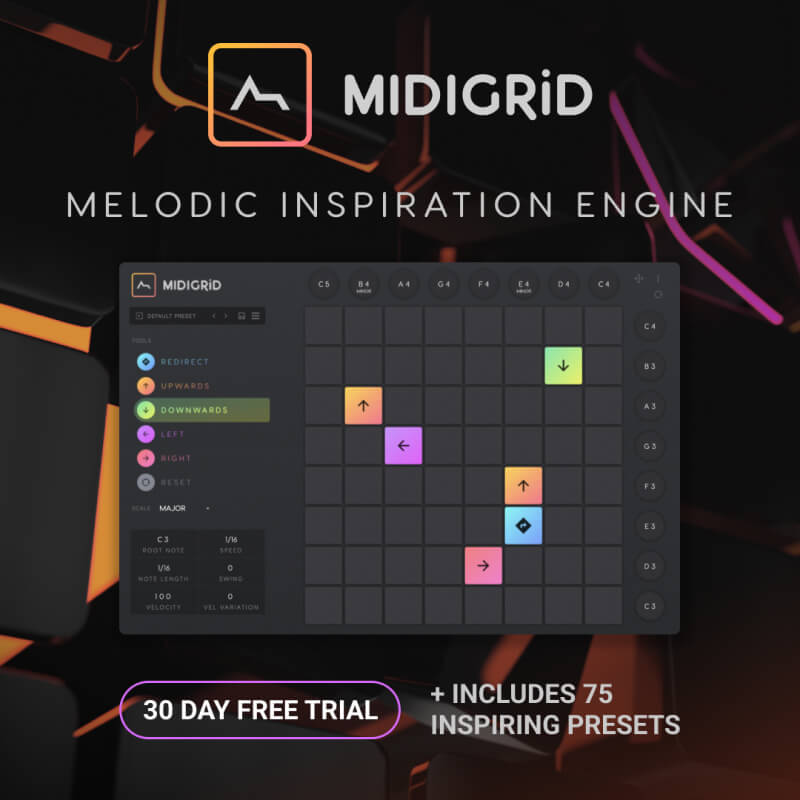News
The Emonica Is An Open-Source MIDI Harmonica
In this video we get a demonstration of the Emonica, a MIDI device built by John Lassen that can be played like a real harmonica. The Emonica serves as Lassen’s entry for the Hackaday 2018 prize.
Some time ago I saw that in the early 80’s there was a synthesizer that you could play like a harmonica. The device called itself Millioniser 2000 and could probably never prevail in the market. Today you can still buy these (used) devices on ebay at horrendous prices. Therefore, I decided to build a midi harmonica myself. Suitable for the Hackaday price.
Emonica Parameters
- Pressure threshold
- With the pressure parameter, you determine from which pressure the emonica should react. If you are over this value, the emonica sends out a MIDI-Note and if set, a CC-Value.
- Maximum pressure
- This value sets the upper range for the blow in/out level.
- CC Midi-Channel for blow
- This value defines the Midi-Channel for the controller change.
- CC Midi Controller for blow
- This value defines the Midi-Contoller number for the CC event. E.g. you want to change the cut off filter on a synth dynamically or the expression.
- CC MIDI minimum value for blow
- If you exceed the threshold, this value will be sent as the smallest Midi-Value.
- CC MIDI maximum value for blow
- This is the MIDI-Value, which will be send when you reached the maximum pressure value.All values between will be mapped between the pressure threshold and the maximum pressure.
- Note MIDI-Channel
- This value sets the MIDI-Channel where the note will be send, when you hitting the thresold.
- Here you can select the first note on the emonica (on the left). E.g. select the “A3” for the first note.
- Highest Note
- On the highest note you can select the last note on the right side of the emonica. All notes between will be calculated, depending of the scale you use. (See parameter: Tone scale)
- Tone scale
- This is the most important settings and requires a little music theory.
Here is a short example. Let’s say you have a piece of music that is played in A minor.
As a root note you can then choose an A3 and as the highest note the A4.
If you now set “minor” on the Tone Scale, the emonica will calculate all appropriate tones for the minor scale. This has the advantage that the notes that are not normally played in a minor harmony are suppressed.
It becomes even easier if you use the pentatonic tone scales.Of course, you can also adjust the whole scale to chromatic, then you’ll have all 12 tones of the scale available, but that requires a lot of practice. 🙂
Low/(Root) Note
You can learn more about the Emonica’s parameters and features by visiting Lassen’s Hackaday entry page.
